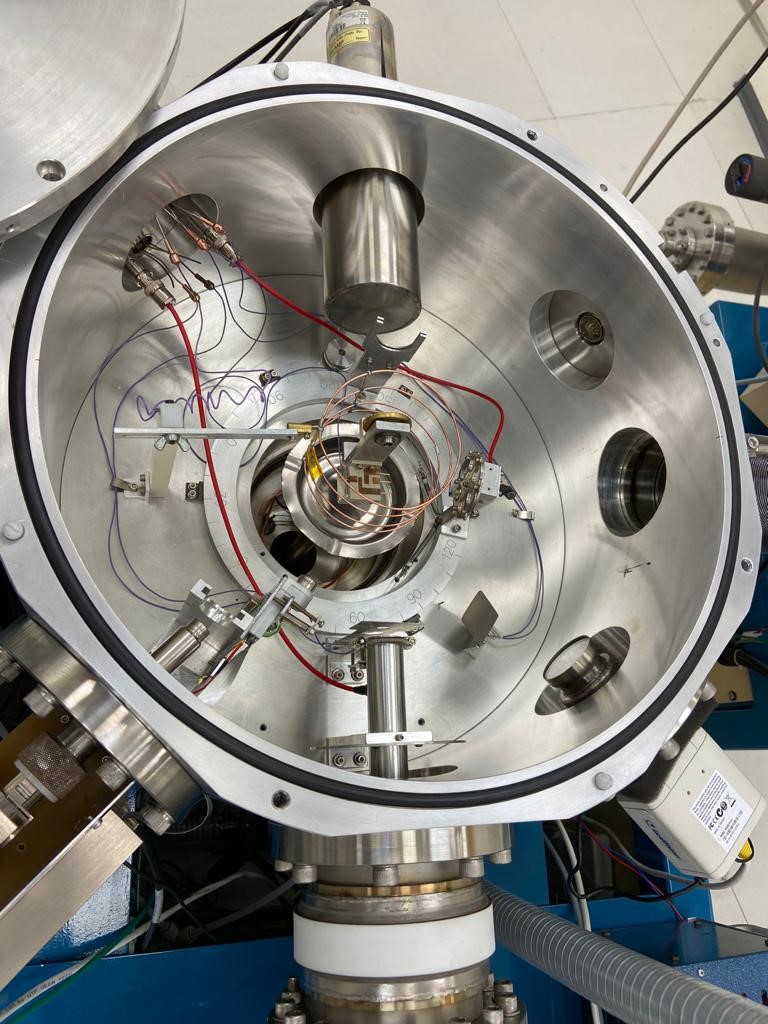IBA - Ion Beam Analysis Laboratory
Ion Beam Analysis (IBA) is a cluster of techniques involving materials analysis by MeV ion beams. When an energetic ion strikes a target there are a variety of energy loss mechanisms, any (or all) of which can be used (together or separately) to obtain information about the target. IBA utilizes high-energy ion beams to probe elemental composition as a function of depth to several microns with a typical depth resolution of 20-50 Å. It is a fast, nondestructive and standard less technique to quantify the absolute atomic ratios in compounds, insensitive to their chemical environments. It can also determine the film thickness (or density) as well as the structural disorders in single crystalline targets. Energy distribution of backscattering ions quantifies the depth distribution for a given element. Distinctive characteristic X-rays emitted from the different target elements upon the beam bombardment ensure the accurate identification of similar mass elements. Gamma rays emitted from the beam-induced nuclear reactions provide an excellent sensitivity (~ppm) and/or depth resolution (~50 Å) for certain light isotopes such as 1H, 15N, and 19F.
The IBA laboratory is an integral part of the Bar-Ilan Institute of Nanotechnology & Advanced Materials (BINA) established in response to a large number of recognized research needs of local academic community and Industry, ranging from solid physics to semiconductor development. The 1.7 MV tandem Pelletron, model 5SDH (NEC, USA) was installed and commissioned in August 2011 and produces beams of protons or alpha particles at energies up to 3.4 MeV for protons or 5.1 MeV for alpha particles at currents up to 100 nA.
Applications:
- Rutherford Backscattering Spectroscopy (RBS)
- Elastic Recoil Detection Analysis (ERDA)
- Particle Induced X-Ray Emission (PIXE)
- Nuclear Reaction Analysis (NRA)
- Ion Channeling




